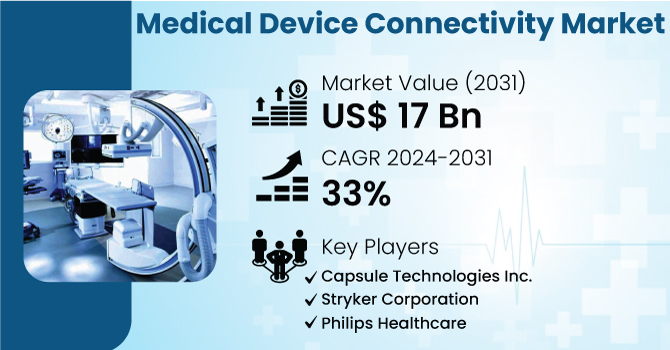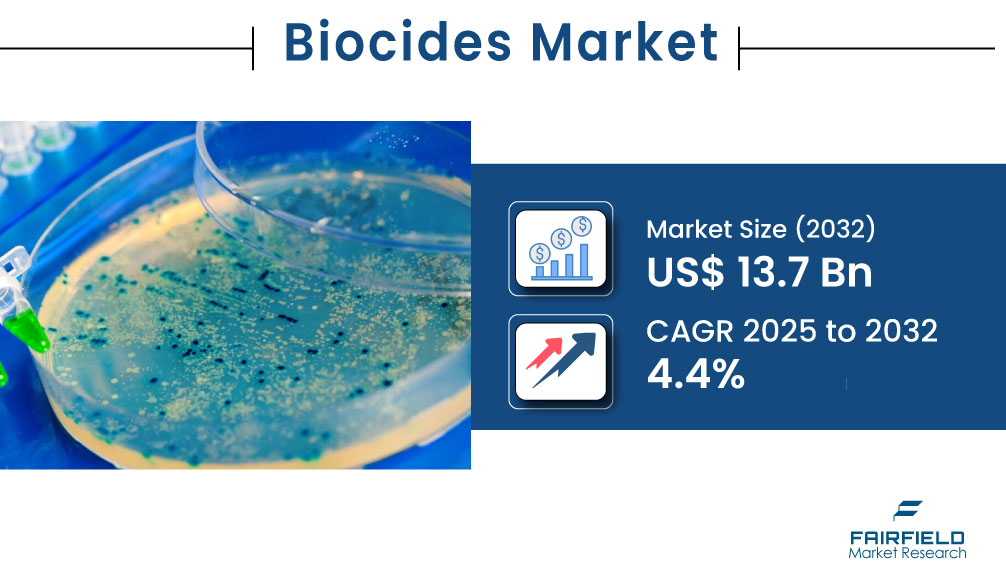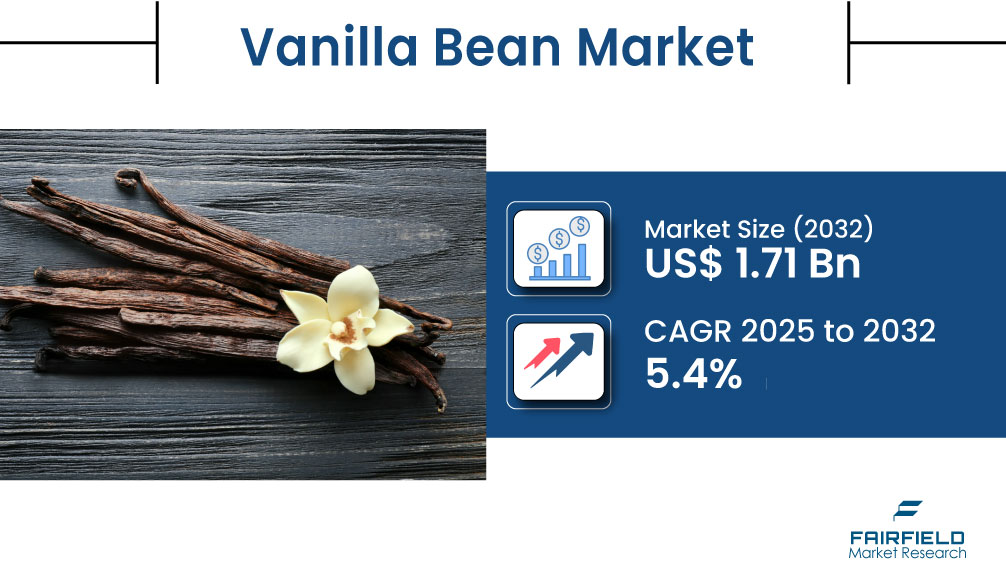Medical Device Connectivity Market Share, Demand And Top Growing Companies 2031

Strong 8k brings an ultra-HD IPTV experience to your living room and your pocket.
Global medical device connectivity market is poised for significant expansion, with projections indicating a surge from $2.3 billion in 2024 to a staggering $17 billion by 2031. This robust growth, with an estimated compound annual growth rate (CAGR) of 33% between 2024 and 2031, reflects the increasing integration of medical devices with healthcare information technology (IT) systems and the rising demand for remote patient monitoring solutions.
Key Growth Drivers
Advancements in Healthcare IT Infrastructure: The integration of medical devices with healthcare IT systems has become indispensable for enhancing patient care and operational efficiency. With the adoption of electronic health records (EHRs) and interoperable systems, the demand for medical device connectivity solutions is on the rise, ensuring seamless data exchange between devices and centralized systems.
Rising Demand for Remote Patient Monitoring: The prevalence of chronic diseases and an aging population have propelled the need for remote patient monitoring solutions. Medical device connectivity enables real-time data transmission from various devices to healthcare providers, facilitating remote monitoring of patients' vital signs and health status. This trend is expected to escalate the adoption of connectivity solutions, particularly in home healthcare settings.
Regulatory Mandates and Standards Compliance: Stringent regulations, such as the FDA's Unique Device Identification (UDI) system and Health Insurance Portability and Accountability Act (HIPAA) regulations, mandate healthcare facilities to ensure secure and interoperable exchange of medical device data. Compliance with these standards stimulates market growth as healthcare organizations invest in compliant technologies to enhance patient safety and data security.
Major Growth Barriers
Regulatory Compliance: Stringent regulatory requirements imposed by authorities such as the FDA and the EU's Medical Device Regulation (MDR) pose challenges to the medical device connectivity market. Compliance with these regulations adds complexity and cost to the development and implementation of connectivity solutions.
Data Security Concerns: Ensuring the security and privacy of patient data becomes paramount with the increasing connectivity of medical devices. The risk of data breaches, cyberattacks, and unauthorized access to sensitive health information inhibits the widespread adoption of connected medical devices.
Interoperability Issues: The lack of standardized protocols and interoperability among different medical devices and systems hampers seamless data exchange and integration within healthcare environments, limiting market growth opportunities.
Key Trends and Opportunities
Rise of Remote Monitoring and Telemedicine: The COVID-19 pandemic accelerated the adoption of remote monitoring and telemedicine technologies. With lockdowns and social distancing measures in place, healthcare providers turned to digital solutions to continue patient care remotely. This trend is expected to persist post-pandemic due to its convenience, accessibility, and potential cost savings.
Integration of IoT and AI Technologies: The convergence of Internet of Things (IoT) and Artificial Intelligence (AI) technologies is transforming the medical device connectivity landscape. IoT-enabled medical devices collect vast amounts of patient data, while AI algorithms analyze this data to provide actionable insights and personalized treatment recommendations.
Data Security and Privacy Solutions: As the volume of healthcare data transmitted through connected medical devices continues to grow, ensuring data security and privacy becomes paramount. Market players have a significant opportunity to develop robust cybersecurity solutions that safeguard patient data against cyber threats and unauthorized access.
Regional Frontrunners
Asia Pacific Retains the Top Spot Globally: As economies in Asia Pacific continue to grow, there's a corresponding increase in healthcare spending, leading to more investment in advanced medical technologies, including medical device connectivity solutions. Government initiatives promoting digital health and the presence of leading technology innovators in the region further drive market growth.
Leaders in the Medical Device Connectivity Market Space
Capsule Technologies Inc., Stryker Corporation, Philips Healthcare, iHealth Labs Inc., Lantronix, S3 Connected Health, Cerner Corporation, GE Healthcare, Medtronic, Cisco Systems, Infosys, Nuvon, and NantHealth are among the top players in the medical device connectivity market.
Explore the Market Overview:https://www.fairfieldmarketresearch.com/report/medical-device-connectivity-market
Note: IndiBlogHub features both user-submitted and editorial content. We do not verify third-party contributions. Read our Disclaimer and Privacy Policyfor details.







